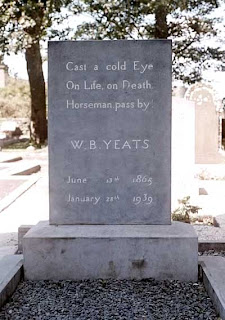The Secret Language of Stories is a twelve-step story analysis method I use both to plot my own stories and to teach writing and story comprehension to my students. A complete discussion of the twelve steps may be found on the SECRET LANGUAGE OF STORIES page on Carolee's Blog.
Some of the most memorable characters in literature and film are the minor characters. Minor characters serve many roles. They often provide comic relief, give us a contrast to the hero, provide a slightly different point of view, demonstrate a rivalry, share insights into different cultures, and show us the motivations of antagonists. They might be a friend, sidekick, evil minion of the villian, or a "threshold guardian" momentarily preventing the hero from leaving the Old World to enter the New World. They often act as mentors, sometimes just for a scene or two, passing along vital information or giving aid to the other characters in the story.
Often these are the characters who die at the MIDPOINT or DEATH AND TRANSFORMATION section of the story. We get to know them well enough that their demise causes us pain if they were friends or relief if they were evil. We feel the anguish of the hero, who has also come to value their friendship and support, or his sense of deliverance if they were trying to do him in. On the other hand, these characters are not significant enough to the tale that the journey cannot proceed without them.
In contrast, the hero of the story rarely dies at the MIDPOINT, in fact I can't think of a single example. It would be difficult to carry the story forward if he did.
Here is fun activity for all ages for the ghostly month of October. Make headstones for minor characters. If they have actually died in the story, all the more fitting, though if you are doing this as a class project you might want to keep it ambiguous so it won't spoil a story if not everyone has read it.
Write a two line couplet, an epitaph (a short text honoring a deceased person) or an epigram (a brief, clever, or memorable statement) that might befit a grave marker. An aphorism (original and memorable idea) that reflects the character's beliefs could also be used. The message could be humorous or might be profound. The headstone may be drawn on paper and include elaborate artwork or might be sculpted with clay, Play Doh, or Sculpey.
Headstones are interesting because they use just a few lines to capture the essence of a person's entire life or belief system. You might want to start by exploring some examples on the internet.
Often these final words are poetic. Some poets even write their own epitaphs before they die. Check out the one below by W.B. Yeats.





No comments:
Post a Comment